Ocho: Sticks and stones may break your
Imagine a game of lacrosse, with a few simple changes.First, dramatically increase both the size of the field, and the number of players on each team. Second, decrease the size of the ball to roughly that of a walnut, and decrease the goal size from a six feet by six feet square to a four inch by four-inch post. Give everyone two sticks instead of one, and remove the use of pads, cleats, oh, -and rules.
Voilà! In simplest terms, that is the game of Stickball.
Stickball is a traditional Native American game played by the Mississippi band of Choctaw Indians, and is perhaps the oldest sport in America. Originally, the game was used to settle disputes and disagreements between tribes as an alternative to war.
The object of Stickball is quite simple: the ball, known as the “towa”, must contact the opponent’s post in order to score points. Players can contact the opponent’s post either by shooting the ball with their sticks, known as “kabocca,” or by touching the post directly with the towa in possession. Additionally, the ball may only travel in the sticks, and may not contact a player’s hands or feet.
Senior Alex Cady was given the opportunity to experience Stickball first hand while interacting with Choctaw youth during Messiah United Methodist Church’s 2014 spring break Choctaw Mission in Philadelphia, Mississippi.
“It looked like a really tough sport,” said Cady. “Not like football or lacrosse where you have pads.”
Historically, Stickball was played with unlimited team size, and varying field size, often spanning several miles through forests, hills, valleys, and even rivers. Any method used to prevent the opposing team’s advance of the ball was considered acceptable. Which meant, in short, there were no rules. Because of the nature of the game, death, among other serious injuries, was common for contestants.
In the sport Stickball today, however, there are some slight adjustments to protect players. The modern game is divided into four, 15-minute quarters to prevent complete exhaustion, and no tackling is allowed below the waist of the ball carrier.
“All of the players that I saw were super massive, but still extremely quick” said Senior Gabi Carly, who also participated in the 2014 Choctaw Mission. “They offered to let me play catch, but I was too intimidated to even try.”
The Mississippi Band of Choctaw Indians continue to play Stickball in an effort to preserve cultural traditions. Every year since 1949, a cultural festival is held in Spring, and Stickball teams from local communities compete in a single elimination tournament, one of the most festival’s most popular attractions.
“If there was a team anywhere nearby, I would definitely join,” said Cady.


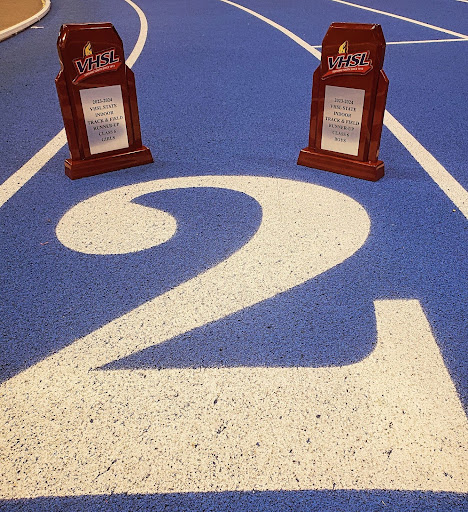


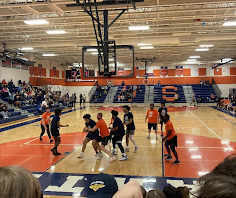
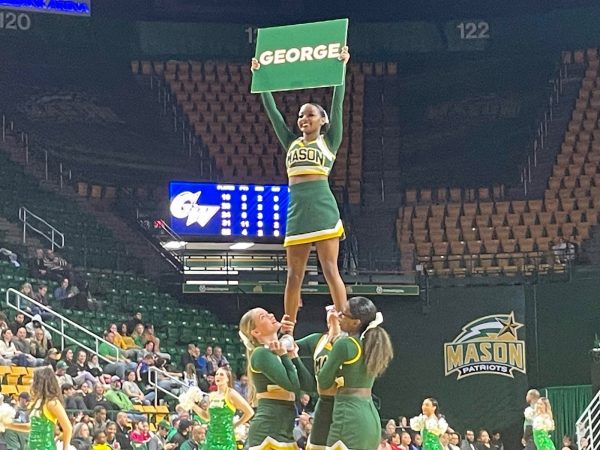
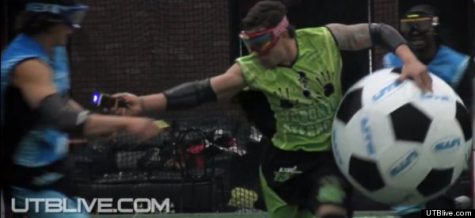
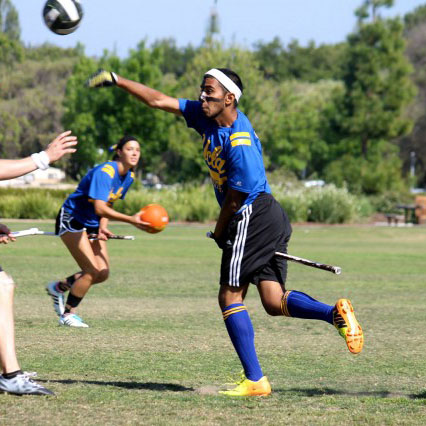
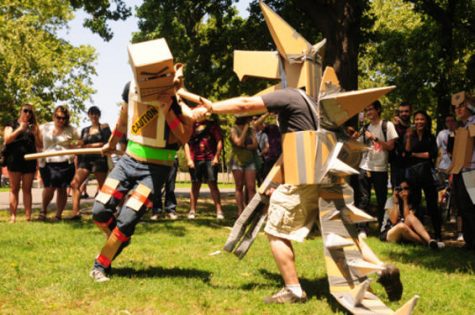





![“My dad started me [in golf] when I was four years old and then in about eighth grade, when
COVID-19 started, I started playing competitively,” said varsity golf captain Grace Saunders.](https://theoracleonline.org/wp-content/uploads/2023/11/unnamed-7.png)